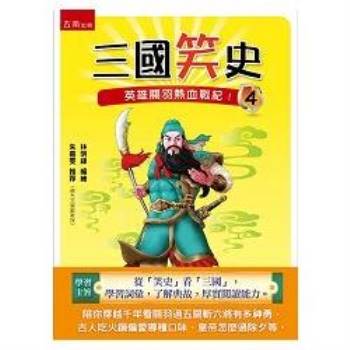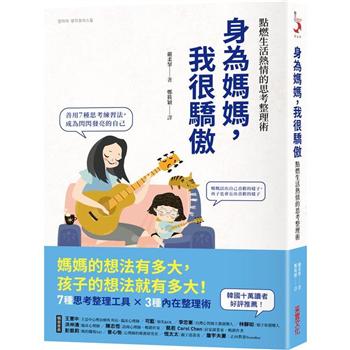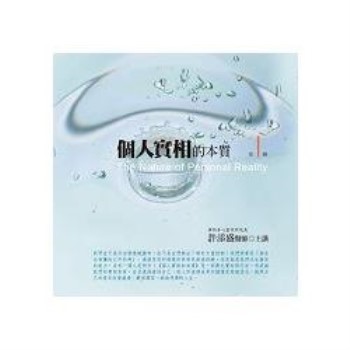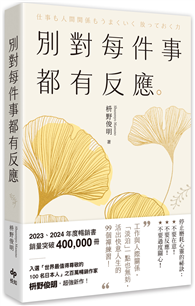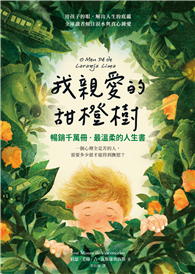A fairy tale opera and novella written in the age of Freud, The Woman without a Shadow is a strange mixture of late Romantic eroticism and modernist angst, and yet remains more than a mere product of World War I Vienna. In Hofmannsthal’s mythic world, two couples-one royal and supernatural, the other mortal-struggle with love, betrayal, infertility, and redemption. A nocturnal and sometimes nightmarish response to Mozart’s Magic Flute, Hofmannsthal’s tale presents a divine Empress who must obtain the shadow of a mortal woman to conceive a child and save her beloved Emperor from destruction. Hofmannsthal creates a vision of new life as the bridge between the past and future, a miracle which redeems humanity from death.
Hugo von Hofmannsthal (1874-1929) was an Austrian novelist, poet, essayist, dramatist, and librettist. At age sixteen, he began publishing his poetry and plays under a pseudonym. His poems, in particular, were dazzling in their technical mastery and profound insights into the human condition, and quickly brought him praise both from the public and from some of Austria’s greatest artists, including the writer Stefan Zweig and the composer Richard Strauss.
After the 1919 premiere of his most ambitious opera with Strauss, the poet Hofmannsthal took his dark and feverish libretto and reimagined the material as a novella. These two compelling works, each self-contained, deepen and expand in meaning when read together. This Wiseblood Books edition of The Woman without a Shadow rectifies a grave literary oversight with the inclusion of the first ever English-language translation of Hofmannsthal’s novella.
"The Woman without aShadow is a serious, passionate, and complex marital drama. . . . It ponders the primal importance of procreation. As Hannah Arendt declared, birth is ’the miracle that saves the world, the realm of human affairs, from its normal ’natural’ ruin.’ For her, new life not only provides the continuation but the renewal of humanity. For Hofmannsthal, birth redeems us from death; it is the bridge between the past and future."
-from the Introduction by Dana Gioia

